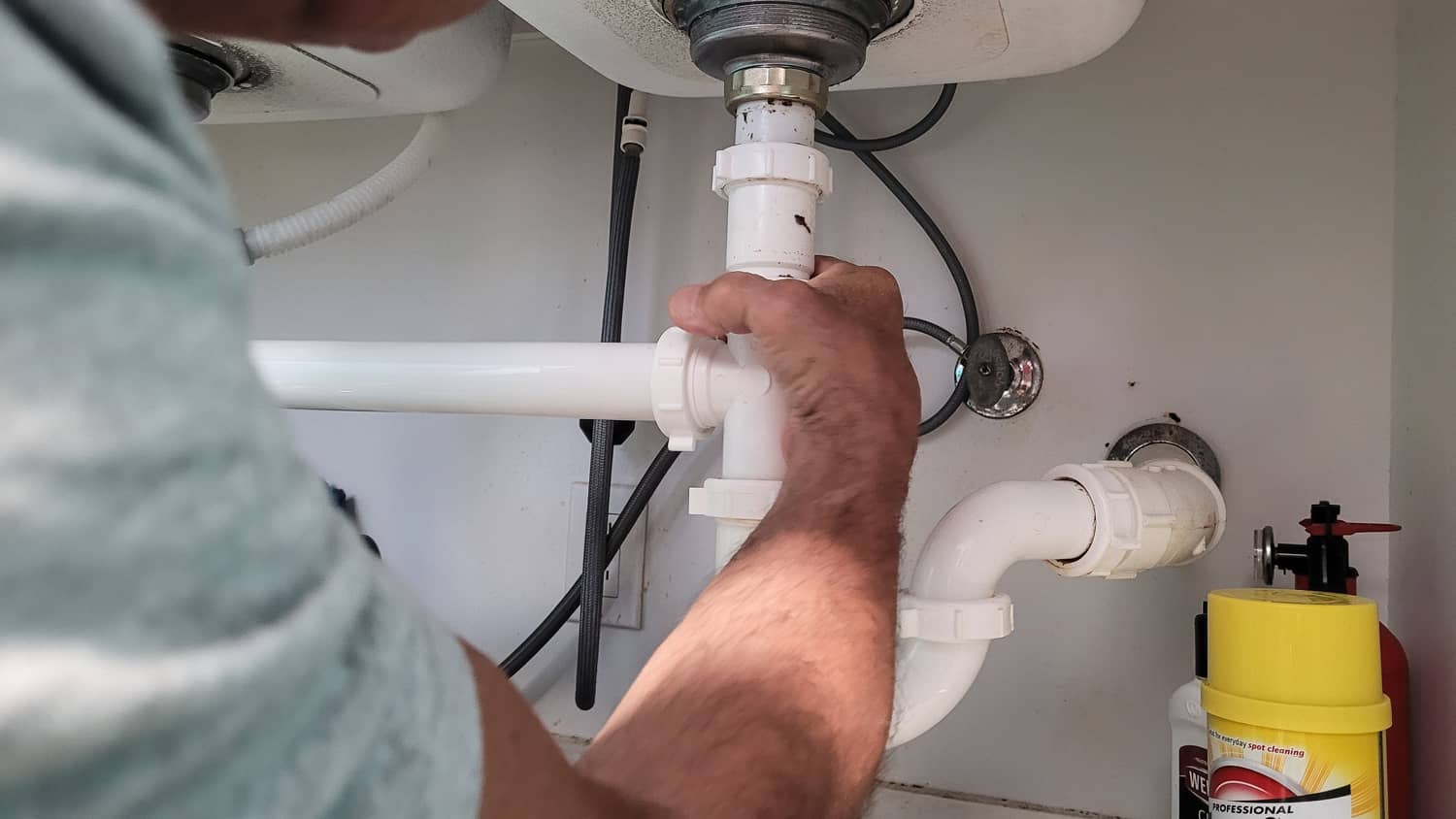As the world evolves, so do our building methods and techniques. In recent years, there’s been a shift towards more sustainable and environmentally-friendly ways to construct buildings. This trend, called green construction, not only aims to reduce environmental impact but also enhances building efficiency and quality. For homeowners and real estate developers, understanding the different aspects of green construction is crucial. This article examines a detailed green construction comparison, allowing you to understand which method might be best suited for your projects.

What is Green Construction?
Green construction involves designing, constructing, and operating buildings in an environmentally responsible and resource-efficient manner. The primary goal being sustainability, green buildings minimize waste, reduce energy consumption, and promote healthy living to both occupants and the natural environment.
Essential Elements of Green Construction
Energy Efficiency
One of the foundational elements of green construction is energy efficiency. By optimizing energy use, buildings can reduce their reliance on non-renewable sources and lower their carbon footprint. This involves using solar panels, energy-efficient lighting, and systems that manage energy while maintaining comfort.
Water Conservation
Another crucial component is water conservation. Green buildings often incorporate systems that reduce water usage through efficient plumbing fixtures, rainwater harvesting, and wastewater treatment methods.
Use of Sustainable Materials
Materials play a significant role in green construction. Sustainable materials, sourced responsibly, can greatly reduce the environmental impact of a building project. This includes materials that are recycled, reclaimed, or those that have a long life span.
Benefits of Green Construction
Adopting green construction practices brings with it several benefits, both for the environment and the occupants. Environmentally, it reduces waste, conserves natural resources, and decreases greenhouse gas emissions. These buildings also tend to be healthier, providing better air quality, natural lighting, and reducing exposure to toxins for the occupants.
For homeowners and real estate developers, these benefits translate to reduced operating costs, increased market value, and the satisfaction of contributing to a sustainable future.
Comparing Green Building Certifications
Understanding the different certifications in green construction can help guide decisions and strategies for building projects. The most well-known certifications include:
LEED (Leadership in Energy and Environmental Design)
LEED is the most widely used green building rating system. It provides a framework for healthy, efficient, and cost-saving green buildings, globally recognized for its influence on sustainable building.
BREEAM (Building Research Establishment Environmental Assessment Method)
Similar to LEED, BREEAM is another assessment method that evaluates the sustainability of buildings through a variety of factors, from energy usage to ecological value and innovation.
WELL Building Standard
This standard focuses on enhancing people’s health and wellness through the built environment. It primarily emphasizes air, water quality, nourishment, and other factors that contribute to physical and mental well-being.
Challenges in Green Construction
Despite the many benefits, green construction comes with its share of challenges. Higher upfront costs can be a hindrance, although they are often offset by reduced resource use and energy savings over time. Additionally, the lack of expertise and awareness can create obstacles for builders and developers new to the principles of sustainable design.
Case Studies: Successful Green Buildings
One Central Park, Sydney
This residential building maximizes greenery with vertical gardens and harnesses natural light while promoting energy efficiency. A prime example of green construction, One Central Park has received numerous awards for its innovation and sustainability.
The Bullitt Center, Seattle
Dubbed the ‘world’s greenest building’, The Bullitt Center utilizes rainwater harvesting, composting toilets, and solar energy, embodying the ideals of green design and operation.
Future Trends in Green Construction
The future of green construction looks promising, with new technologies and innovations accelerating the sustainability movement. Advancements in materials and construction techniques continue to emerge, promising even more efficient and eco-friendly building solutions. For instance, the integration of smart building technologies that optimize resource usage is paving the way for sustainable living.
To learn more about evolving construction trends, visit this external resource.
How Green Construction Affects Real Estate Value
As the demand for eco-friendly buildings rises, market value for green buildings continues to increase. Potential buyers and tenants are showing a preference toward sustainable properties. Thus, homeowners and developers investing in green construction may experience higher returns on their investments.
For further insight on the cost of implementing green strategies, consider reading this article on the financial aspects of construction.

FAQs about Green Construction Comparisons
What is the most effective green building certification?
The most effective certification depends on project goals. However, LEED is often considered the industry standard due to its comprehensive criteria.
Can green construction save you money?
While initial costs may be higher, green construction typically saves money long-term. Energy efficiency and reduced resource usage lower utility costs.
What are some common challenges faced in green construction?
Challenges include high upfront costs and a learning curve for new sustainable practices. Moreover, finding skilled professionals can take time.
For a practical approach to efficient construction practices, you can explore installing pool lighting.
By understanding the green construction comparison, homeowners and developers can make informed decisions, leading to responsible and sustainable building practices.
This article contains affiliate links. We may earn a commission at no extra cost to you.




